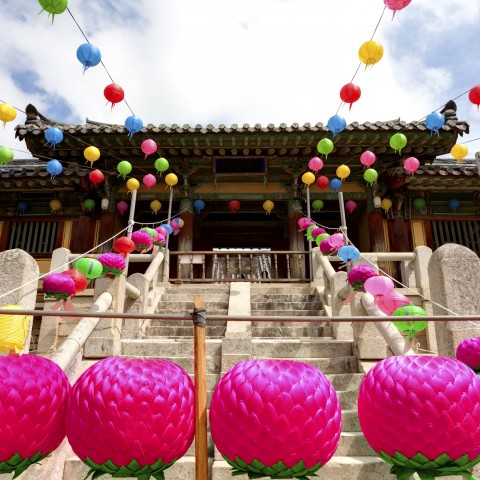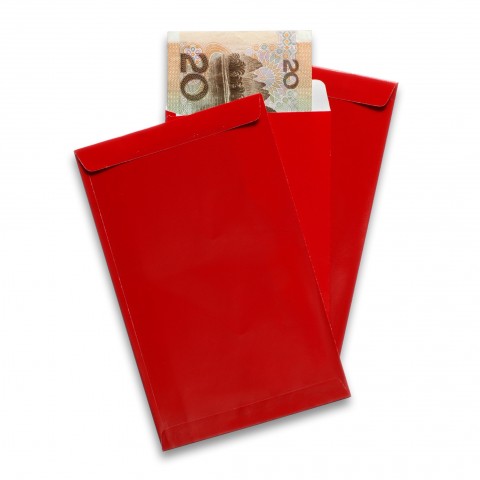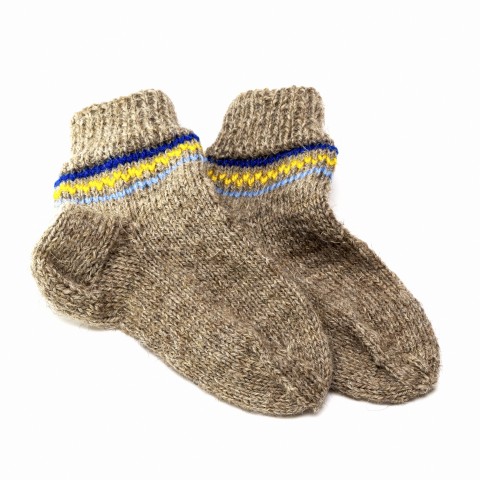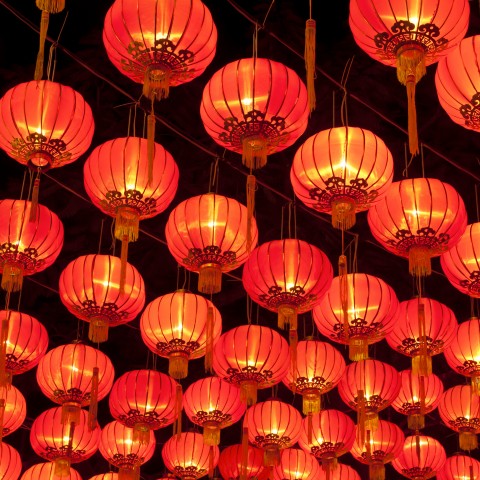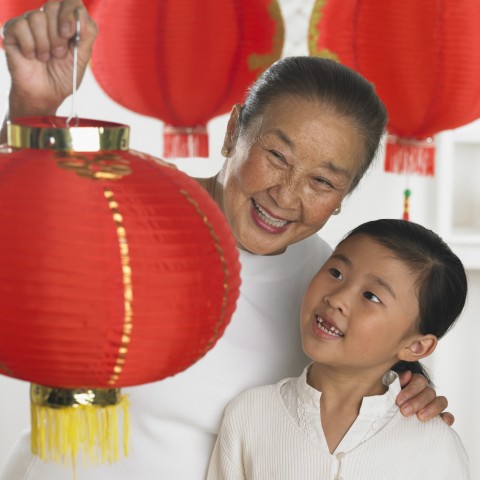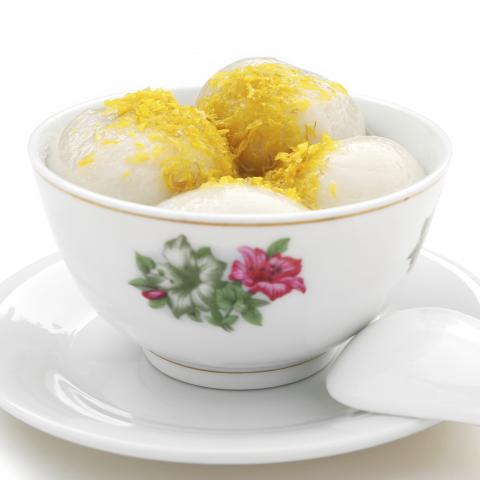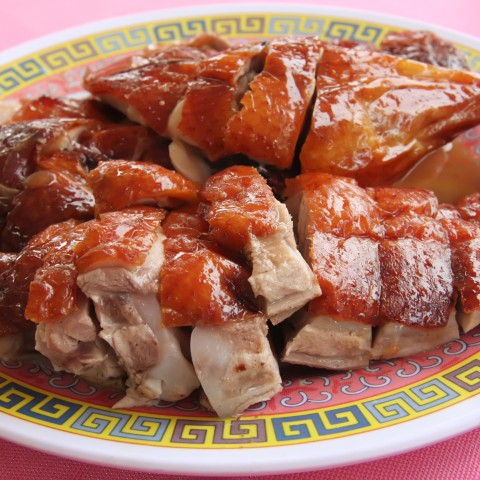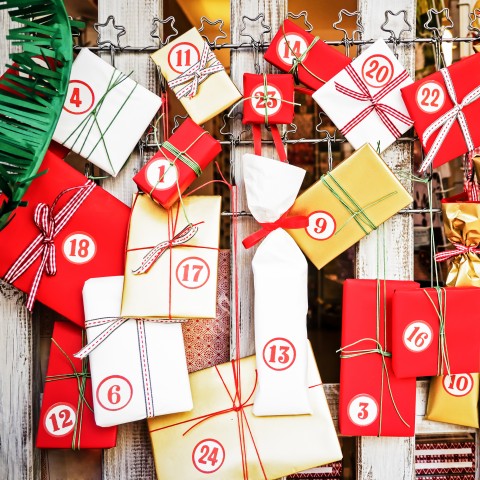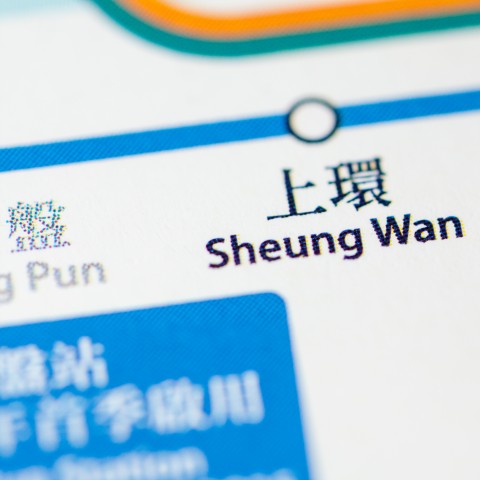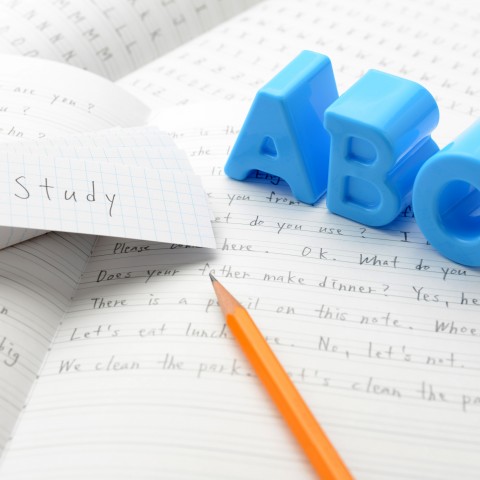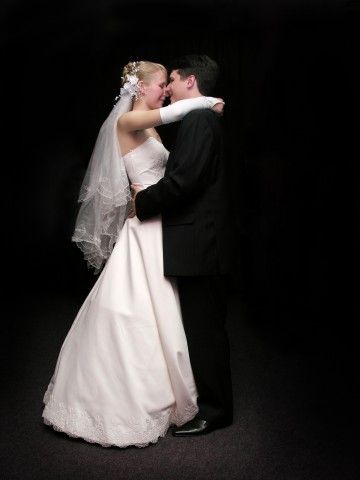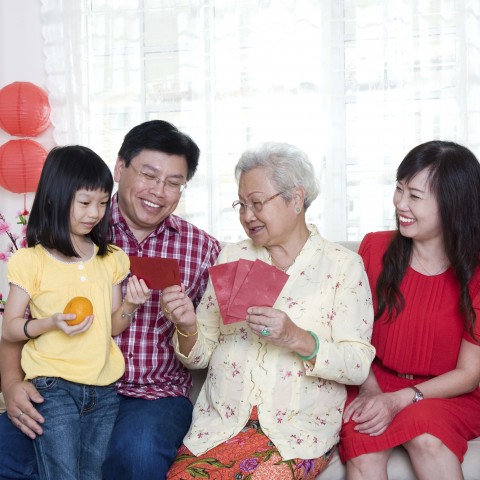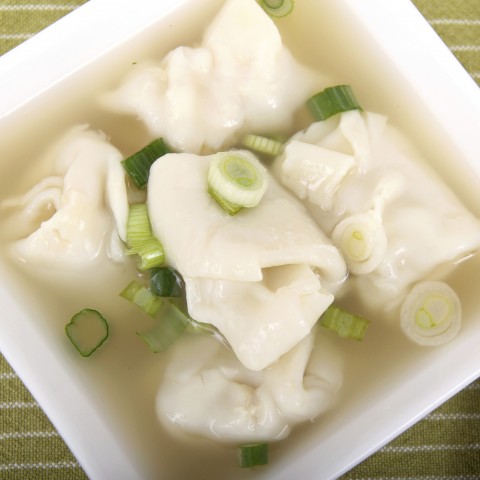
Important life events are a great opportunity to practice Cantonese. Not only do they give you an opportunity to express your friendliness and caring to your native friends, but they can also serve as very good conversation starters.
Can’t wait to learn Happy New Year in Cantonese, and more? Keep reading for a comprehensive guide to Cantonese life events and messages!

Table of Contents
- Birthday
- Chinese New Year
- New Year
- Other Holidays
- Graduation
- New Job/Promotion
- Retirement
- Wedding
- Injured/Sick
- Pregnancy and Birth
- Conclusion: How CantoneseClass101.com Can Help You Learn More Cantonese
1. Birthday

Most Hong Kongers have two birthdays: one expressed in Gregorian format, and the other one based on the lunar calendar. Nowadays, most natives only celebrate their Gregorian birthday, but the older generation may still treat their lunar birthday as the “real birthday,” and hence celebrate that one instead.
If you’re to celebrate a birthday for a local friend, you may want to learn a few birthday messages to say, on top of bringing presents and cake. Here at CantoneseClass101.com, we hope to make learning about Cantonese life event messages both fun and informative!
1- 祝你生日快樂,心想事成
Meaning: I wish you a happy birthday, and that all your wishes come true!
Romanization: zuk1 nei5 saang1 jat6 faai3 lok6, sam1 soeng2 si6 sing4
Format: Applicable to both written/formal and spoken/informal scenarios
2- 牛一快樂!
Meaning: Happy B-day!
Romanization: ngau4 jat1 faai3 lok6
Format: Applicable to spoken/informal scenarios
3- 青春常駐,年年廿八!
Meaning: Wishing you always (stay) young, like 28 years old, every year!
Romanization: cing1 ceon1 soeng4 zyu3, nin4 nin4 jaa6 baat3
Format: Applicable to spoken/informal scenarios
2. Chinese New Year
There are two new years in Hong Kong: the New Year that everyone celebrates (based on the Gregorian calendar) and the Chinese New Year (based on the lunar calendar). Chinese New Year is a very important holiday in Hong Kong, as well as the Greater China area. We usually greet relatives and friends with the below greetings for Chinese New Year. Familiarize yourself with the common expressions below in exchange for some red packets (if you’re entitled to them)!

1- 恭喜發財!
Meaning: May you have a prosperous New Year!
Romanization: gung1 hei2 faat3 coi4
Format: Applicable to both written/formal and spoken/informal scenarios
2- 年年有餘!
Meaning: Wishing you prosperity through the years!
Romanization: nin4 nin4 jau5 jyu4
Format: Applicable to both written/formal and spoken/informal scenarios
3- 身體健康!
Meaning: Wishing you good health!
Romanization: san1 tai2 gin6 hong1
Format: Applicable to both written/formal and spoken/informal scenarios
4- 萬事如意!
Meaning: Best wishes for the new year!
Romanization: maan6 si6 jyu4 ji3
Format: Applicable to both written/formal and spoken/informal scenarios
5- 大吉大利!
Meaning: May good fortune be with you!
Romanization: daai6 gat1 daai6 lei6
Format: Applicable to both written/formal and spoken/informal scenarios
6- 快高長大!
Meaning: May you grow up fast and strong!
Romanization: faai3 gou1 zoeng2 daai6
Format: Applicable to both written/formal and spoken/informal scenarios
7- 青春常駐!
Meaning: May your youth always be with you!
Romanization: cing1 ceon1 soeng4 zyu3
Format: Applicable to both written/formal and spoken/informal scenarios
8- 龍馬精神!
Meaning: May you be as energetic as dragons and horses!
Romanization: lung4 maa5 zing1 san4
Format: Applicable to both written/formal and spoken/informal scenarios
9- 學業進步!
Meaning: May you excel in your studies!
Romanization: hok6 jip6 zeon3 bou6
Format: Applicable to both written/formal and spoken/informal scenarios
10- 心想事成!
Meaning: May all your wishes come true!
Romanization: sam1 soeng2 si6 sing4
Format: Applicable to both written/formal and spoken/informal scenarios
3. New Year
We also celebrate the universal New Year in Hong Kong (and with fireworks!). See below for some Cantonese congratulations you can say to your native friends for the New Year!

1- 新年快樂,恭喜發財!今年煙花勁靚!
Meaning: May you have a happy and prosperous New Year! This year’s fireworks are breathtaking!
Romanization: san1 nin4 faai3 lok6! gung1 hei2 faat3 coi4! gam1 nin4 jin1 faa1 ging6 leng3
Format: Applicable to spoken/informal scenarios
2- 新年快樂!
Meaning: Have a happy New Year!
Romanization: san1 nin4 faai3 lok6
Format: Applicable to both written/formal and spoken/informal scenarios
3- 祝你新一年健康、快樂。
Meaning: Wishing you health and happiness in the new year.
Romanization: zuk1 nei5 san1 jat1 nin4 gin6 hong1, faai3 lok6
Format: Applicable to written/formal scenarios
4. Other Holidays

As the city where East meets West, Hong Kong has both Chinese and Western holidays. For example, we celebrate Easter, Christmas, Mid-Autumn Festival, etc. Below are some sentences for you to express your joy and holiday wishes in Cantonese to your friends!
1- 聖誕快樂!
Meaning: Merry Christmas!
Romanization: sing3 daan3 faai3 lok6
Format: Applicable to both written/formal and spoken/informal scenarios
2- 假期愉快!
Meaning: Happy holidays!
Romanization: gaa3 kei4 jyu6 faai3
Format: Applicable to written/formal scenarios
3- 享受你嘅假期!
Meaning: Enjoy the holidays!
Romanization: hoeng2 sau6 nei5 ge3 gaa3 kei4
Format: Applicable to spoken/informal scenarios
5. Graduation
Most people consider graduation to be a huge milestone—learn the phrases below to wish your friend or loved one a happy graduation!

1- 祝福你一路上擁有許多光明美好的機會,且能一一成功把握住它們!
Meaning: Wishing that brighter opportunities come your way and you achieve success in all of them!
Romanization: zuk1 fuk1 nei5 jat1 lou6 soeng6 jung2 jau5 heoi2 do1 gwong1 ming4 mei5 hou2 dik1 gei1 wui6, ce2 nang4 jat1 jat1 sing4 gung1 baa2 aak1 zyu6 taa1 mun4
Format: Applicable to written/formal scenarios
2- 展翅高飛吧!
Meaning: Spread your wings and fly!
Romanization: zin2 ci3 gou1 fei1 baa3
Format: Applicable to written/formal scenarios
3- 恭喜你畢業,亦都祝福你下一場旅程!
Meaning: Congratulations on your graduation, and best wishes for your next adventure!
Romanization: gung1 hei2 nei5 bat1 jip6, jik6 dou1 zuk1 fuk1 nei5 haa6 jat1 coeng4 leoi5 cing4
Format: Applicable to spoken/informal scenarios
6. New Job/Promotion
New jobs and promotions are worth celebrating! And in Hong Kong, if your close friends or your boss get promoted, they may treat you to lunch—so be prepared and learn some wise words of congratulations in Cantonese!

1- 恭喜恭喜,鴻圖大展,步步高升!
Meaning: Congratulations! Wish you more advancement and progress in the near future!
Romanization: gung1 hei2 gung1 hei2, hung4 tou4 daai6 zin2, bou6 bou6 gou1 sing1
Format: Applicable to both written/formal and spoken/informal scenarios
2- 祝您在新的仕途上再創輝煌!
Meaning: Hope you will make great success in your new position!
Romanization: zuk1 nei5 zoi6 san1 dik1 si6 tou4 soeng6 zoi3 cong3 fai1 wong4
Format: Applicable to written/formal scenarios
3- 升職快樂!
Meaning: Happy promotion!
Romanization: sing1 zik1 faai3 lok6
Format: Applicable to both written/formal and spoken/informal scenarios
7. Retirement
Hong Kongers typically retire between the ages of fifty-five to sixty-five. Do you know what to say when your friend or colleague retires?

1- 祝您光榮退休!
Meaning: Best wishes as you retire!
Romanization: zuk1 nei5 gwong1 wing4 teoi3 jau1
Format: Applicable to both written/formal and spoken/informal scenarios
2- 退休也許能改變您生活方式的許多方面,但無法改變您這位非凡的人物。
Meaning: Retirement may change many things in your lifestyle, but nothing can change the wonderful person you are.
Romanization: teoi3 jau1 jaa5 heoi2 nang4 goi2 bin3 nei5 saang1 wut6 fong1 sik1 dik1 heoi2 do1 fong1 min6, daan6 mou4 faat3 goi2 bin3 nei5 ze2 wai2 fei1 faan4 dik1 jan4 mat2
Format: Applicable to written/formal scenarios
3- 希望您很快找出新方式,使您每天能享受當自己老闆的愉快。
Meaning: Hope you’ll soon discover new ways to enjoy each day with all the pleasure of being your own boss.
Romanization: hei1 mong6 nei5 han2 faai3 zaau2 ceot1 san1 fong1 sik1, si5 nei5 mui5 tin1 nang4 hoeng2 sau6 dong1 zi6 gei2 lou5 baan2 dik1 jyu4 faai3
Format: Applicable to written/formal scenarios
8. Wedding

Did you know that guests attending a wedding banquet are expected to give at least HK$800 in the form of red packets at the dinner reception? Further, the newlyweds often give out sweet favors, such as chocolates, before their guests go home.
1- 祝你哋白頭到老,永結同心!
Meaning: May you enjoy every happiness and success during your long life together!
Romanization: zuk1 nei5 dei6 baak6 tau4 dou3 lou5, wing5 git3 tung4 sam1
Format: Applicable to spoken/informal scenarios
2- 恭喜晒!祝你哋幸福!
Meaning: Congratulations! I wish you happiness!
Romanization: gung1 hei2 saai3! zuk1 nei5 dei6 hang6 fuk1
Format: Applicable to spoken/informal scenarios
3- 新婚快樂,早生貴子!
Meaning: Happy marriage and may you have a lovely baby early!
Romanization: san1 fan1 faai3 lok6, zou2 saang1 gwai3 zi2
Format: Applicable to both written/formal and spoken/informal scenarios
9. Injured/Sick
Instead of saying “take care” when someone is ill, a more local way to express your concern and care is “Have you went to the doctor’s yet?” See below how to express this in Cantonese, and learn more Cantonese condolences for someone who’s not feeling well.

1- 睇咗醫生未?
Meaning: Have you went to the doctor’s yet?
Romanization: tai2 zo2 ji1 sang1 mei6
Format: Applicable to spoken/informal scenarios
2- 早日康復。
Meaning: Get well soon.
Romanization: zou2 jat6 hong1 fuk6
Format: Applicable to both written/formal and spoken/informal scenarios
3- 保重。
Meaning: Take care.
Romanization: bou2 zung6
Format: Applicable to both written/formal and spoken/informal scenarios
10. Pregnancy and Birth

How do you congratulate your friend’s newborn? Read below for some Cantonese congratulations you can use!
1- 恭喜添丁!
Meaning: Congratulations on the new baby!
Romanization: gung1 hei2 tim1 ding1
Format: Applicable to both written/formal and spoken/informal scenarios
2- 天大喜訊呀!
Meaning: That’s wonderful news.
Romanization: tin1 daai6 hei2 seon3 aa3
Format: Applicable to spoken/informal scenarios
3- 恭喜!祝你們的小寶貝帶來幸福
Meaning: Congratulations! May your baby bring you happiness.
Romanization: gung1 hei2! zuk1 nei5 mun4 dik1 siu2 bou2 bui3 daai3 loi4 hang6 fuk1
Format: Applicable to written/formal scenarios
11. Conclusion: How CantoneseClass101.com Can Help You Learn More Cantonese
We hope you still remember how to express Happy Birthday and Happy New Year in Cantonese!
With CantoneseClass101.com, you can have your daily dose of Cantonese whenever and wherever you want, through mobile apps, desktop software, and our website. We offer entertaining, engaging, and effective lessons on various aspects of the Cantonese language and culture.
Until now, we’ve delivered more than 750,000,000 lessons to thousands of happy students from all around the globe. You can learn Cantonese with over 1060 audio and video lessons delivered by our knowledgeable and energetic hosts, detailed PDF lesson notes, an abundance of vocabulary learning tools, spaced repetition flashcards, and a lively community to discuss the lessons with fellow learners. What are you waiting for? Download our lessons, enjoy our audio and video files, and start learning Cantonese now!
And keep in mind that if you prefer a one-on-one learning approach and want to further accelerate your Cantonese learning, you can take advantage of our MyTeacher program!
Know that your hard work will pay off, and before you know it, you’ll be speaking Cantonese like a native! Before you go, let us know in the comments which of these Cantonese life event messages you’ll be able to practice first! We look forward to hearing from you!







